
‘What Killed Timmy Benson?’ Motion graphics artist Nick Cremers explains how he honed his creative and technical skills by making his own scary movie.
As a kid, when Nick Cremers went to the library with his mom, he headed straight for the spooky books, like Stephen King’s “It” and “Silver Bullet.” Over the years, his love of scary stories and movies grew, even though he did develop a werewolf phobia after watching the 1981 horror film “An American Werewolf in London.”
That’s why, perhaps unsurprisingly, Cremers one day realized he had a passion for telling stories. So even though he was new to 3D animation and Cinema 4D, ten years ago he set out to make his own dark and frightening film “What Killed Timmy Benson?”
We talked with Cremers about his film, which he made on his own with the exception of sound design and music by Marvey Izijk. Set in a sleepy village, “What Killed Timmy Benson” follows Timmy as he tries to find out what happened to his missing friend Ylja and winds up having to face an ominous force.
Tell us about your professional and freelance work.

Cremers: During the production of my film, I also worked at REDRUM handling live footage and VFX shots for corporate and TV projects. Now I have joined the small team at Mitsi Studio, a very creative, no-nonsense group that I really enjoy working with.
I admire Mitsi Studio’s “How Countries Fight Their Wars” I and II, as well as their dedication to making their own stuff while also working with big name agencies and brands. We have recently discovered some cool clients and are excited about our upcoming projects.
My freelance work is mostly VFX work for short films, almost always in combination with 3D in some way. I rely on Cinema 4D and After Effects to get it all done.
What was it like working on the same project for such a long time?
Cremers: The goal was to achieve this on my own without any help, and it was a challenge to work alone for so long. But I am quite dedicated when I put my mind to something. There were ups and downs of course, with a lot of time spent trying to get things right.
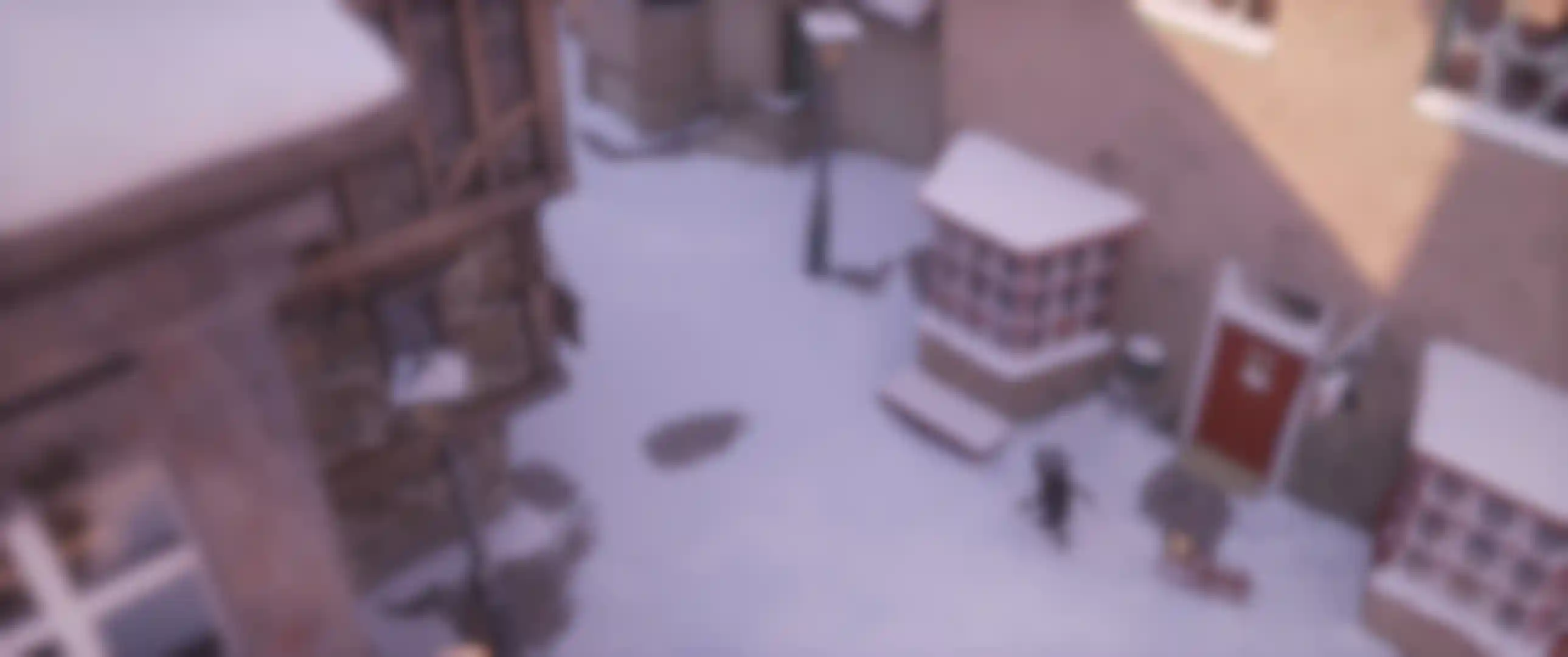
But when I could see my vision coming to life, it was so worth it. I liked how I could focus on what I wanted to accomplish, improving and fine tuning until I was happy. It is a little bit magical when you can create something on your own like that.

Tell us about your process and some of the challenges you dealt with.
Cremers: Making it creepy and scary was extremely important to me. I needed to think like the characters in a psychological kind of way, so the timing of shots, emotions/body language and tension of the story would come across.
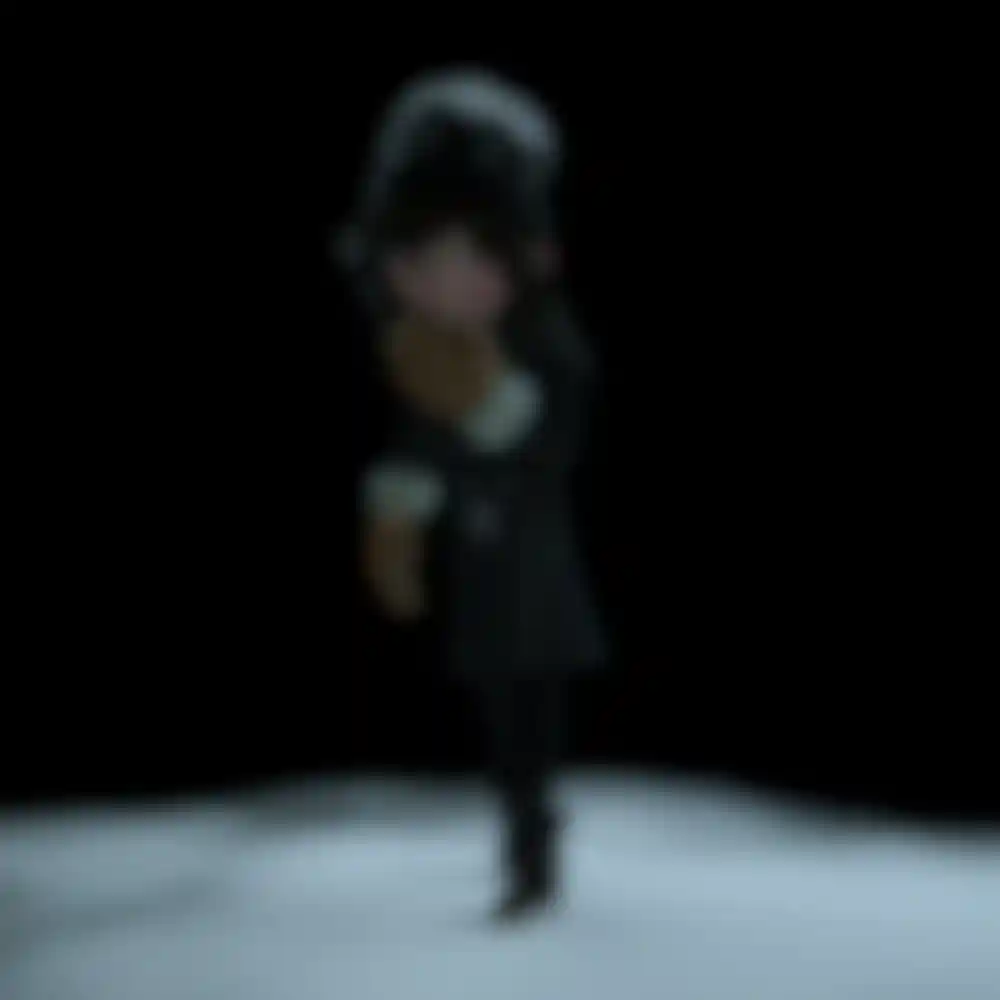
Beyond that, I knew nothing about animation, had only used Cinema 4D professionally for two years and I dreaded rigging. There were problems everywhere, but that was the point. Problems become challenges. When you go through those hoops, you get comfortable with the software and you have fewer hurdles, so you can focus more on the story and animation.
One technique I developed was to write a section of the story and think about how the character would move through the scene. Then, I’d block out and build the environment according to the action. I enjoyed that process quite a bit, and I kept a very extensive blog about the production.
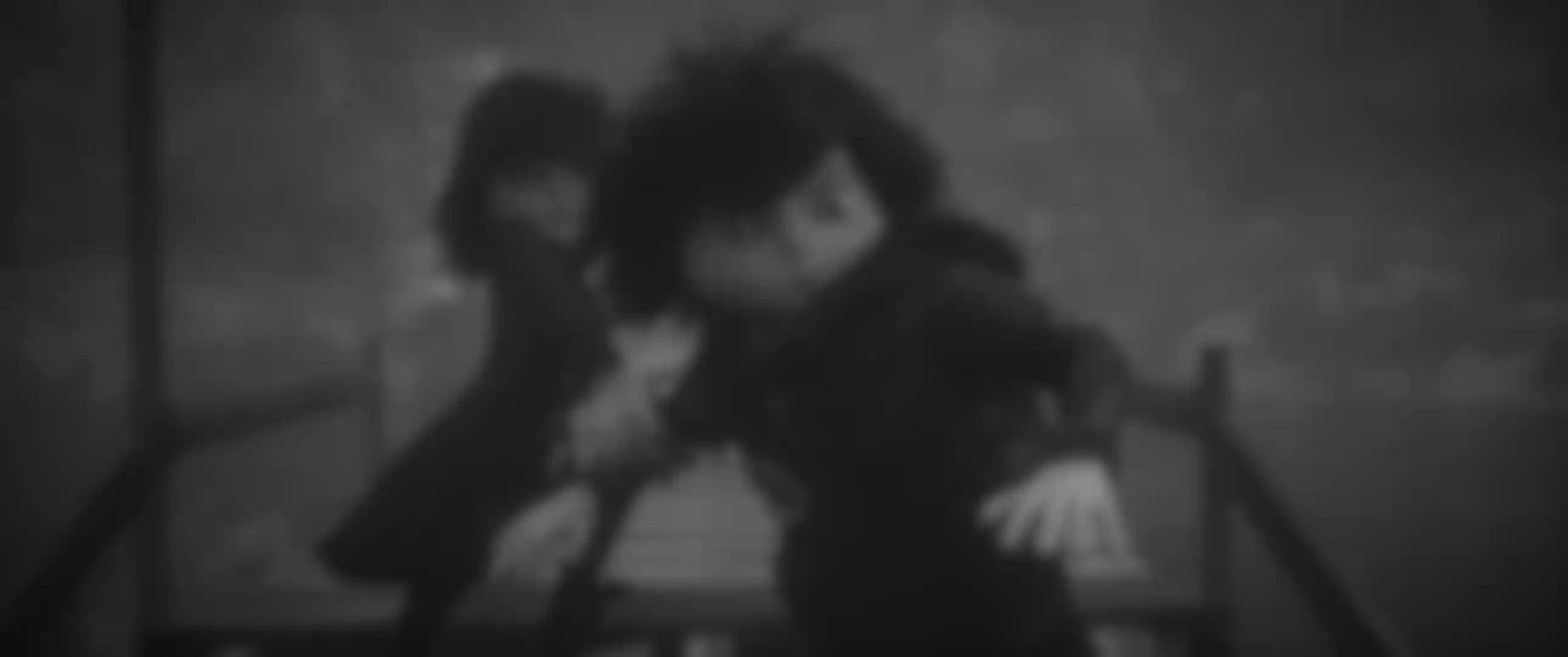
Walk us through your pipeline.
Cremers: For all the 3D my main tool was Cinema 4D with some X-Particles for a few shots. I put it all together in After Effects and used Red Giant’s Particular, Optical Flares and Real Glow to add snow and other effects. Rendering was done in Octane and the edit and final deliverables were handled in Adobe Premiere.
What about the character rigging, lighting and environments?
Cremers: I used the character builder inside Cinema 4D to do the rigging. I had never animated a character, but I had time on my side so I practiced and practiced until I could bring the characters to life in the way I wanted.

I initially used HDRI to get the lighting look I wanted. But I eventually began adding lights to refine scenes. Cinema 4D’s sculpting tools were my friend for creating flowing landscapes and Octane Scatter and MoGraph tools were used to populate the landscapes with trees and other details.
Tell us about the music and sound design.
Cremers: Marvey understood the mood of the movie, so he was a great resource for creating the perfect sound and music, but he was also great with bouncing ideas back and forth. Like me, he had never done such a big scoring project by himself, but he also had the time to invest in his skills to create something magical.
Your film has been on the festival circuit. How has that been going?
Cremers: “What Killed Timmy Benson” is doing the rounds at festivals. We have 13 selections in the pocket, and we got first place at the Berlin short film festival. We also won a jury prize for Best Newcomer at the New York Indie Short Awards and several other wins for best direction.
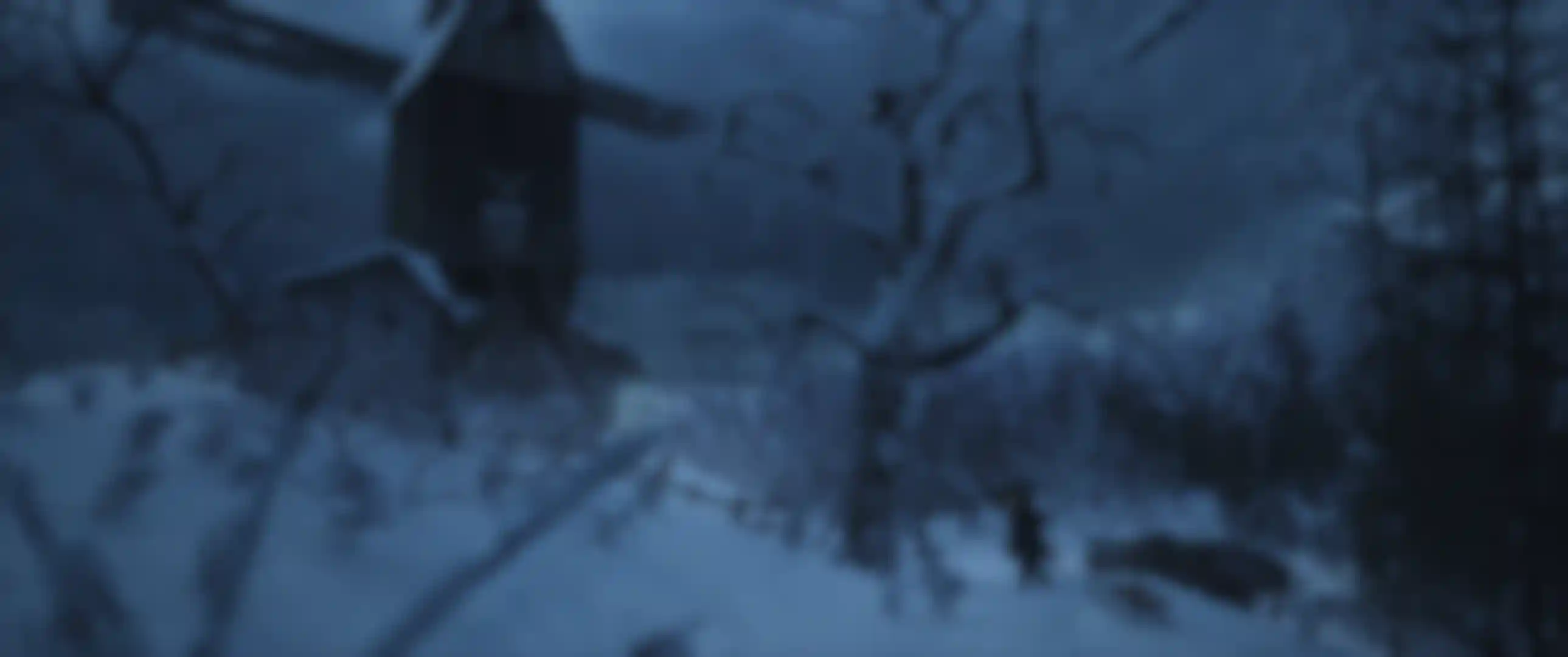
What kind of audience feedback have you gotten?
Cremers: It’s been very positive. People feel that a lot of love went into the design and feel of the film, so I’m grateful for that.
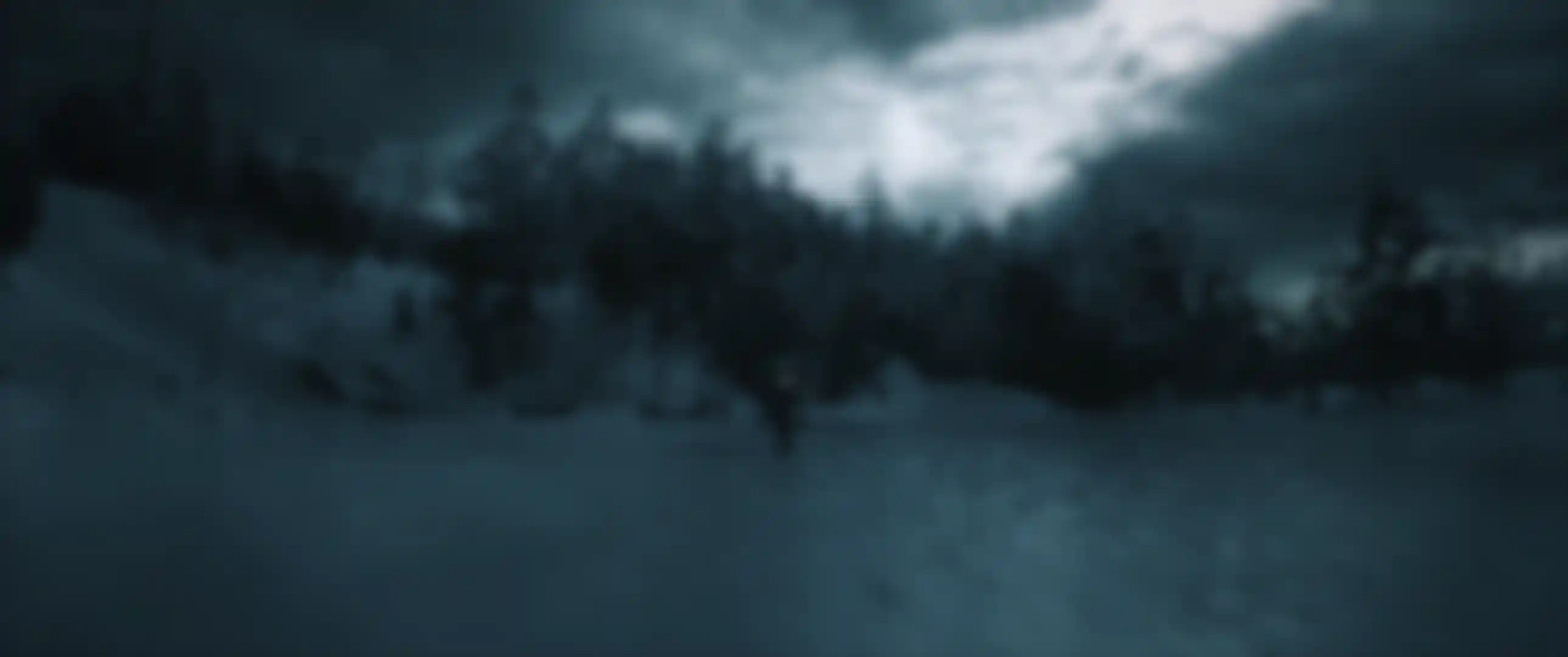
Are you working on any new film projects?
Cremers: Yes, I am currently finishing up the first draft of the script for my new animated horror film “Lorna.” The idea has been on my mind for a while, and it’s been exciting to create a new world from scratch.
Things will change a bit from the first draft, but the vibe and story are awesome. It will be longer than “What Killed Timmy Benson?” and I’ll have even more difficult things to do but there’s always a way. Besides “Lorna,” I am waiting for my brain to give me an idea for a small, indie dark short to do traditionally.
Making a short film on my own terms was quite a freeing experience. I am really happy with how it turned out, and the experience helped me realize that creating films is my goal moving forward.